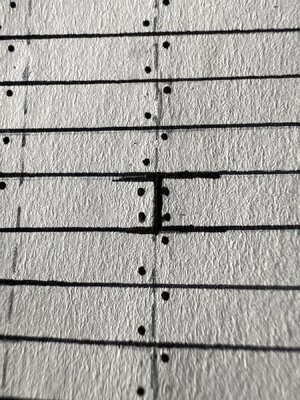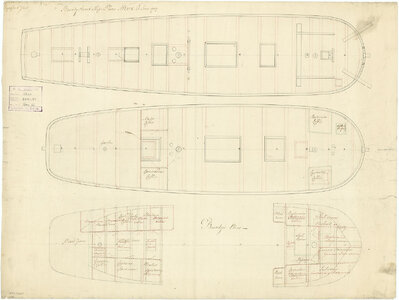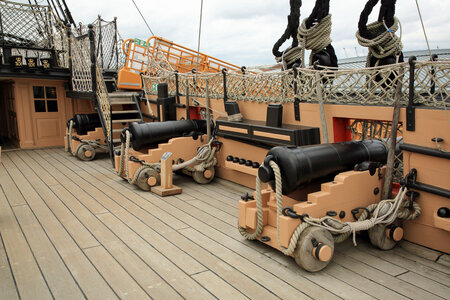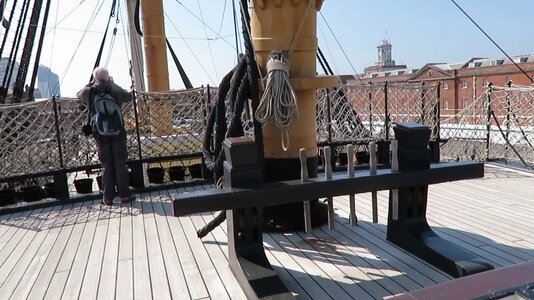I am preparing my Bounty decks for nail markings. I do not propose to use any form of nails - just simulate with pencil.
I am thinking the following pattern which I have drawn on paper is reasonably realistic. The butt joints have the nails side by side and the fixings to the beams where there is no join have a pair of staggered nails. I would like to do something as authentic as practicable. Am I on the right track?

I am thinking the following pattern which I have drawn on paper is reasonably realistic. The butt joints have the nails side by side and the fixings to the beams where there is no join have a pair of staggered nails. I would like to do something as authentic as practicable. Am I on the right track?









